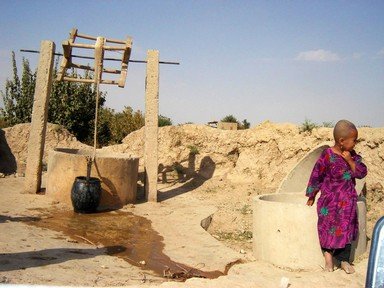Quiz Answer Key and Fun Facts
1. While the responsibility to provide fresh water is the responsibility of the individual nations, there has been an attempt to address the problem of poor-quality water at a higher level. Which agency/agencies are responsible for this global program?
2. In 2020 there were over seven billion people on the planet. Approximately how many people did not have access to safe clean water at this time?
3. In July 2010, the United Nations General Assembly made access to water and sanitation a human right. Which of the following was *NOT* one of the elements of this water rights charter?
4. In areas which have no access to clean fresh water, what are the major contaminants in this poor quality water?
5. Contamination of water with bacteria is common. Which one of the following diseases is *NOT* caused by drinking water contaminated with bacteria?
6. As well as bacteria, viruses, amoeba and parasites can all be found in contaminated water and can cause severe human illness.
7. In what was the first epidemiological study, physician John Snow traced a deadly waterborne disease back to a single well in London. How did he stop the epidemic?
8. In the 21st century, a new threat to safe drinking water became prominent. What was this new source of contamination?
9. Grey water is often used to irrigate crops in developing countries. What is grey water?
10. While most of the world is concerned about what we need to take out of the water, some things we add to water are controversial. What is added to drinking water to reduce tooth decay?
Source: Author
1nn1
This quiz was reviewed by FunTrivia editor
rossian before going online.
Any errors found in FunTrivia content are routinely corrected through our feedback system.
